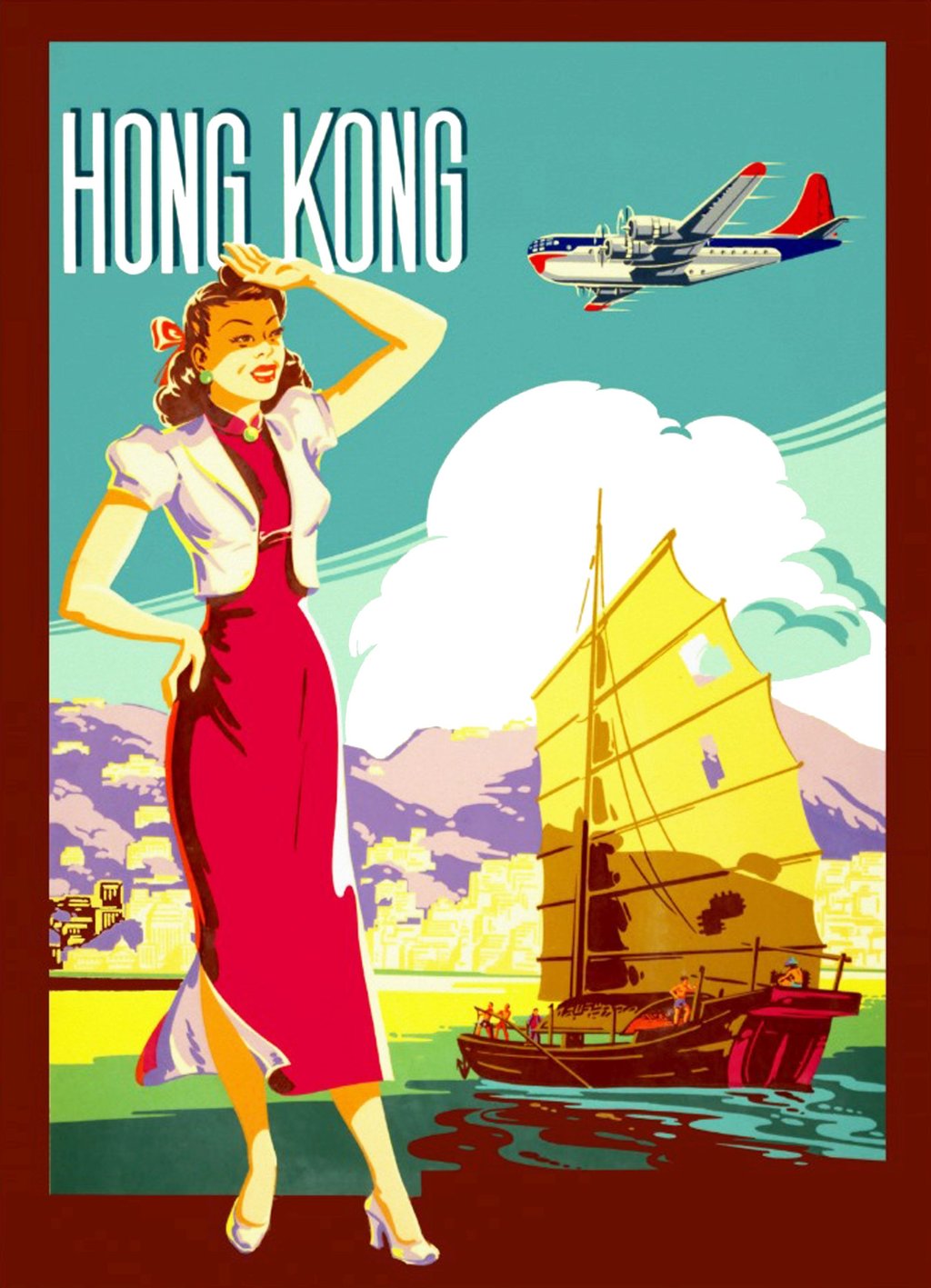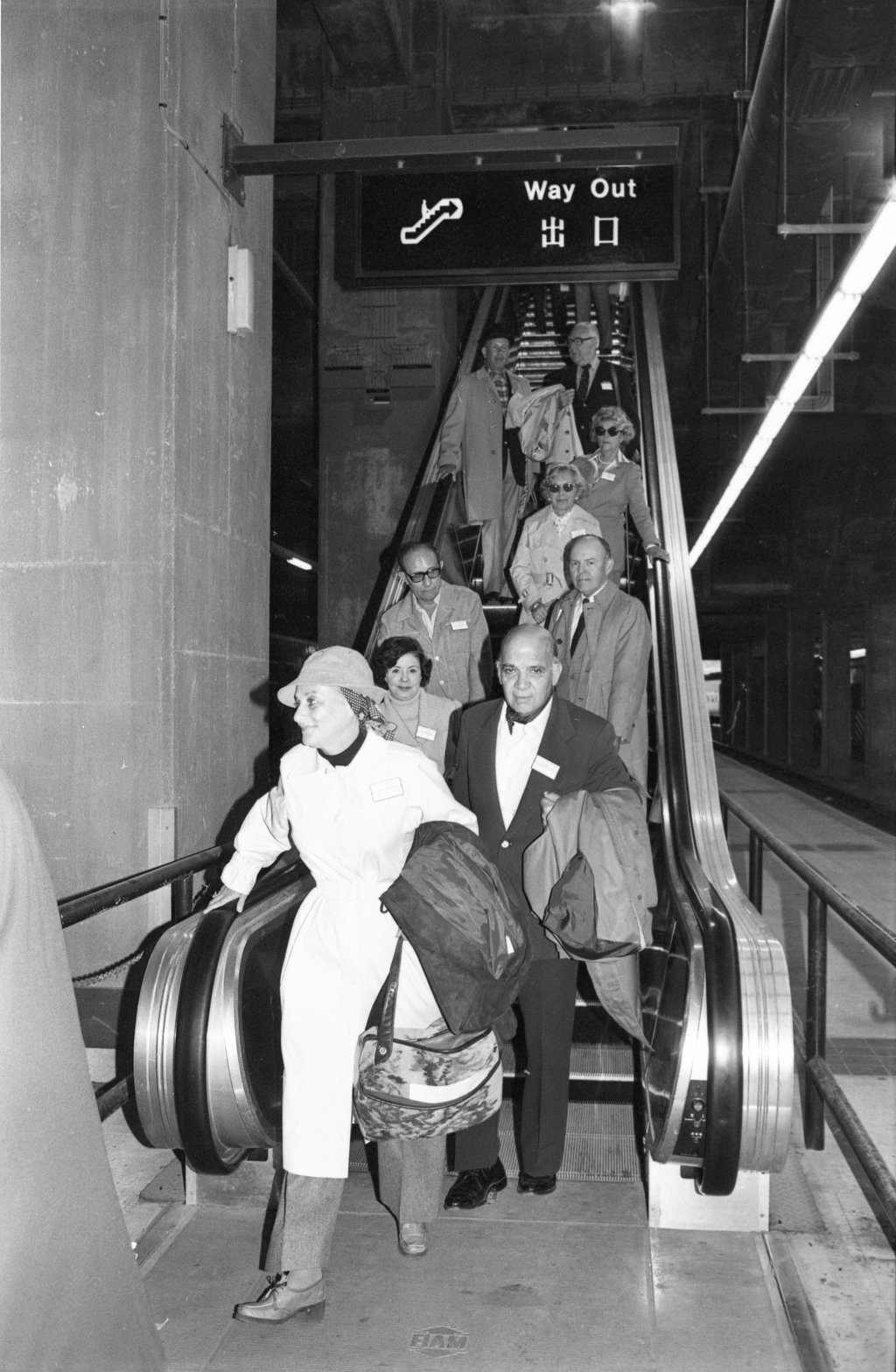Then & Now | How luxury travellers dressed in the 1950s and 70s, compared to today – from long-haul flights to cruises
- Back in the golden days of travel, holiday attire was serious business, and with only two evening jackets required, men had it relatively easy

Summer in Hong Kong allows a scheduled break from everyday life for many residents and – should one’s circumstances permit – a welcome chance to head somewhere else for a well-earned holiday. Until recent decades, overseas leisure travel was only for the wealthy; while greatly expanded general affluence has made occasional sojourns possible for most families, general trends remain.
Until quite recently, appropriate attire for holiday travel was both usual and expected – and infractions of generally accepted codes of acceptability were frowned upon. Much like dressing for an evening at the theatre or a late night on the tiles, suitable leisure travel outfits had their own time-honoured rules.
Then, travellers dressed smartly; the equivalent of a tracksuit and hoodie simply would not do. These days, air travellers merely check in a couple of suitcases, and then disembark 12 hours or more later on the other side of the world, dazed and tired with jet lag, indigestion and dehydration.

But what did one pack back when a flight to Hong Kong from Britain took a week – with daylight flying, nights spent in hotels en route and predawn take-offs at intermediate stops? Clothing for that entire journey had to be carried; as it was generally possible to get washing done on arrival and dried, ironed and repacked before the next departure, only a few changes were required.
For those who periodically journeyed from one side of the world to the other by ocean liner, clothes to be worn on board were carefully planned and purchased well in advance.
For the affluent, specially constructed steamer trunks – in effect small, lockable wardrobes – allowed crushable garments to be carefully hung. Internal drawers meant other items could be folded, and a shoe section with fitted lasts allowed footwear to remain polished and in shape. Monogrammed suitcases, fitted dressing cases and hatboxes completed the ensemble. Garments with no use during the voyage were stowed in the ship’s hold.

Men had things a bit easier than women; for evening wear, ordinary black dinner jackets were worn through the Mediterranean, and then changed to white ones “East of Suez” – or, more usually, east of Aden. Stiffly starched white shirts, dark trousers and individually chosen cummerbunds – these may have been regimental or civil service colours – remained the same. Shorter, lightweight versions, known as “Red Sea rig”, had no lower back to the jacket and were consequently known as “monkey jackets” or, more coarsely, “bum freezers”.
